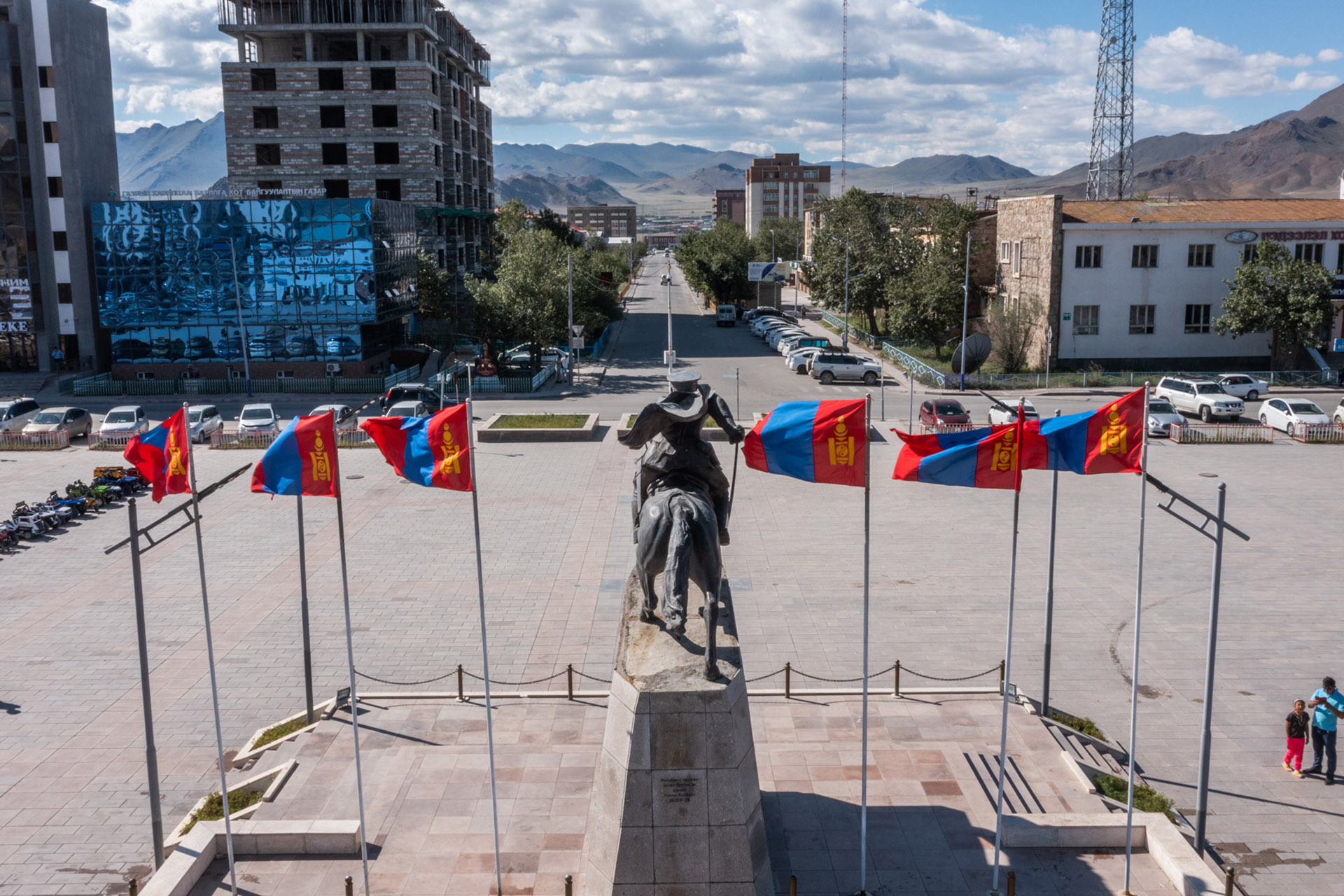The western region of Mongolia has for much of its history been on the boundary between civilizations, between Chinese-dominated Asian culture to the east and European cultures to the west divided by the Altai mountains and the Tibetan plateau to the south with only a narrow gap just south of what is today Mongolia. This location near the crossroads of civilization has left the landscape littered with the history of many groups either originating in these mountain valleys or passing through on their way to conquest.
The archeological history of the region dates back several thousand years, with petroglyphs, Turkic standing stone statues, various tombs, monuments, and artifacts spread throughout the deserts, mountain passes, steps, and forests of the area. The descendants of these ancient artisans today still herd animals in a semi-nomadic lifestyle that is similar to the times of Genghis Khan, with small variations depending on which of the roughly 12 tribes and nationalities live here. Though often much harder to find than the cave drawings or nomadic ger-dwellers, many rare and endangered animals inhabit the region including the snow leopard, Argali sheep, ibex, Przewalski horse, and more common animals like the gray wolf, Corsac fox, golden eagle, lynx, brown bear, and many smaller animals.
Western Mongolia
